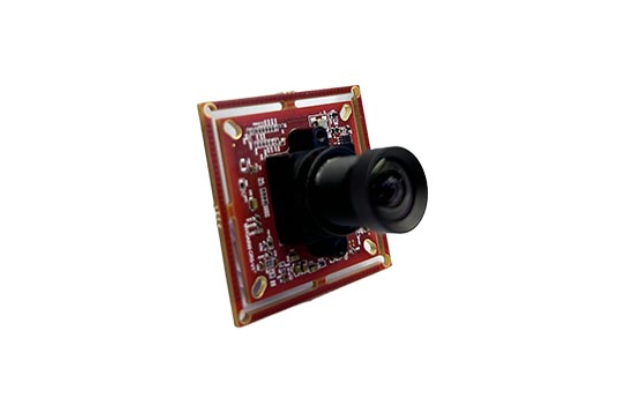
Embedded cameras have evolved significantly over the years, driven by advancements in sensor technology, image processing algorithms, and miniaturization techniques. In this blog post, we'll take a closer look at the technical innovations that have shaped embedded cameras and explore emerging trends that are poised to redefine their capabilities.
1. Sensor Technology Advancements
At the heart of every embedded camera lies the image sensor, which converts light into electronic signals. Over the years, sensor technology has undergone remarkable advancements, leading to improvements in image quality, sensitivity, and dynamic range. CMOS (Complementary Metal-Oxide-Semiconductor) sensors have emerged as the dominant choice for embedded cameras, offering low power consumption, high-speed operation, and excellent noise performance. Backside-illuminated (BSI) CMOS sensors have further enhanced light sensitivity, enabling better performance in low-light conditions.
2. Integration and Miniaturization
One of the key challenges in embedded camera design is achieving high performance in a compact form factor. Engineers have made significant strides in miniaturizing camera modules while maintaining or even improving image quality. This has been made possible through advances in lens design, sensor packaging, and manufacturing processes. Flip-chip packaging, wafer-level optics, and microelectromechanical systems (MEMS) technology have enabled the development of ultra-compact camera modules that can be seamlessly integrated into a wide range of devices, from smartphones to wearable gadgets.
3. Computational Photography
The rise of computational photography has revolutionized the capabilities of embedded cameras, enabling features such as portrait mode, HDR (High Dynamic Range), and night mode. By leveraging sophisticated image processing algorithms and machine learning techniques, embedded cameras can capture and enhance images in ways that were previously unimaginable. Multi-frame noise reduction, semantic segmentation, and depth estimation are just a few examples of the computational techniques used to improve image quality and enable new creative possibilities.
4. Embedded Vision and AI Integration
The integration of artificial intelligence (AI) with embedded cameras has opened up new frontiers in computer vision and machine perception. Embedded vision systems equipped with AI algorithms can perform real-time object detection, recognition, and tracking, enabling a wide range of applications, from smart surveillance to autonomous navigation. Edge AI frameworks and specialized hardware accelerators, such as GPUs (Graphics Processing Units) and TPUs (Tensor Processing Units), empower embedded devices to perform complex inference tasks locally, without relying on cloud-based processing.
5. Emerging Trends and Future Directions
Looking ahead, several emerging trends are poised to shape the future of embedded cameras:
- 3D Sensing: Depth-sensing technologies, such as structured light and time-of-flight (ToF) sensors, enable 3D imaging and spatial perception, unlocking new applications in augmented reality, robotics, and gesture recognition.
- Multispectral and Hyperspectral Imaging: By capturing images across multiple wavelengths, multispectral and hyperspectral cameras can provide valuable insights into material composition, vegetation health, and environmental monitoring.
- Privacy-Preserving Technologies: With growing concerns about privacy and data security, embedded cameras are increasingly incorporating privacy-preserving technologies, such as on-device anonymization and end-to-end encryption, to safeguard sensitive information.
- Bioinspired Imaging: Inspired by the visual systems of animals and insects, bioinspired imaging technologies are exploring new approaches to sensing and perception, with potential applications in robotics, surveillance, and medical imaging.
Conclusion
Embedded cameras have come a long way since their inception, driven by continuous innovation and technological progress. From sensor advancements and miniaturization techniques to computational photography and AI integration, these tiny cameras continue to push the boundaries of what's possible. As we look to the future, the convergence of emerging trends promises to unlock new capabilities and applications, shaping the way we interact with the world around us. By staying at the forefront of these developments and embracing the opportunities they present, we can harness the full potential of embedded cameras to drive innovation, improve lives, and create a more connected and intelligent future.

No comments yet